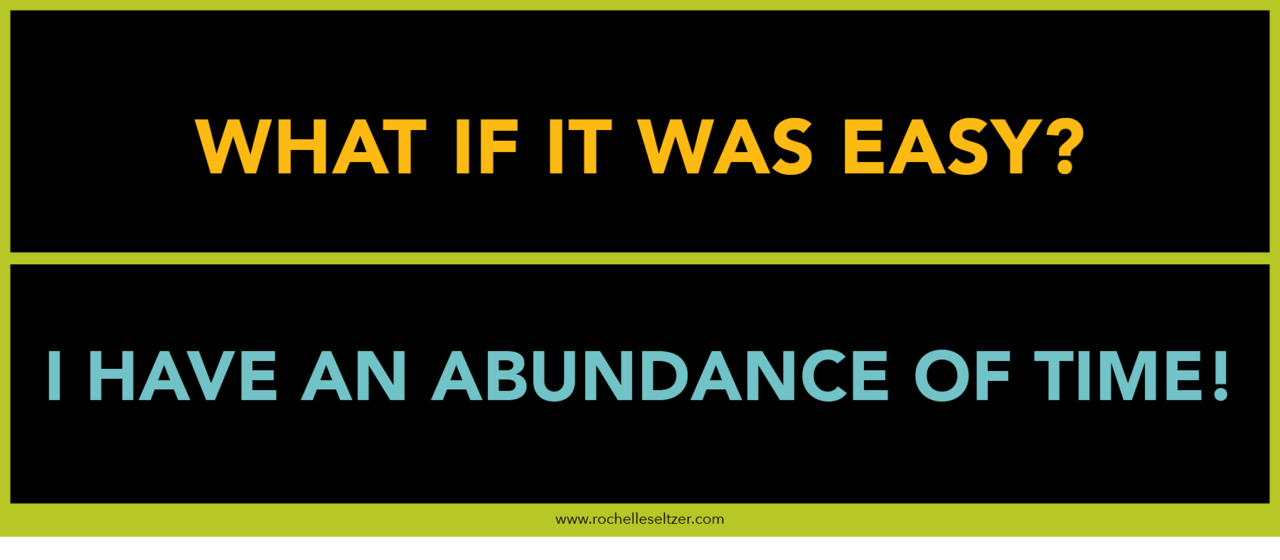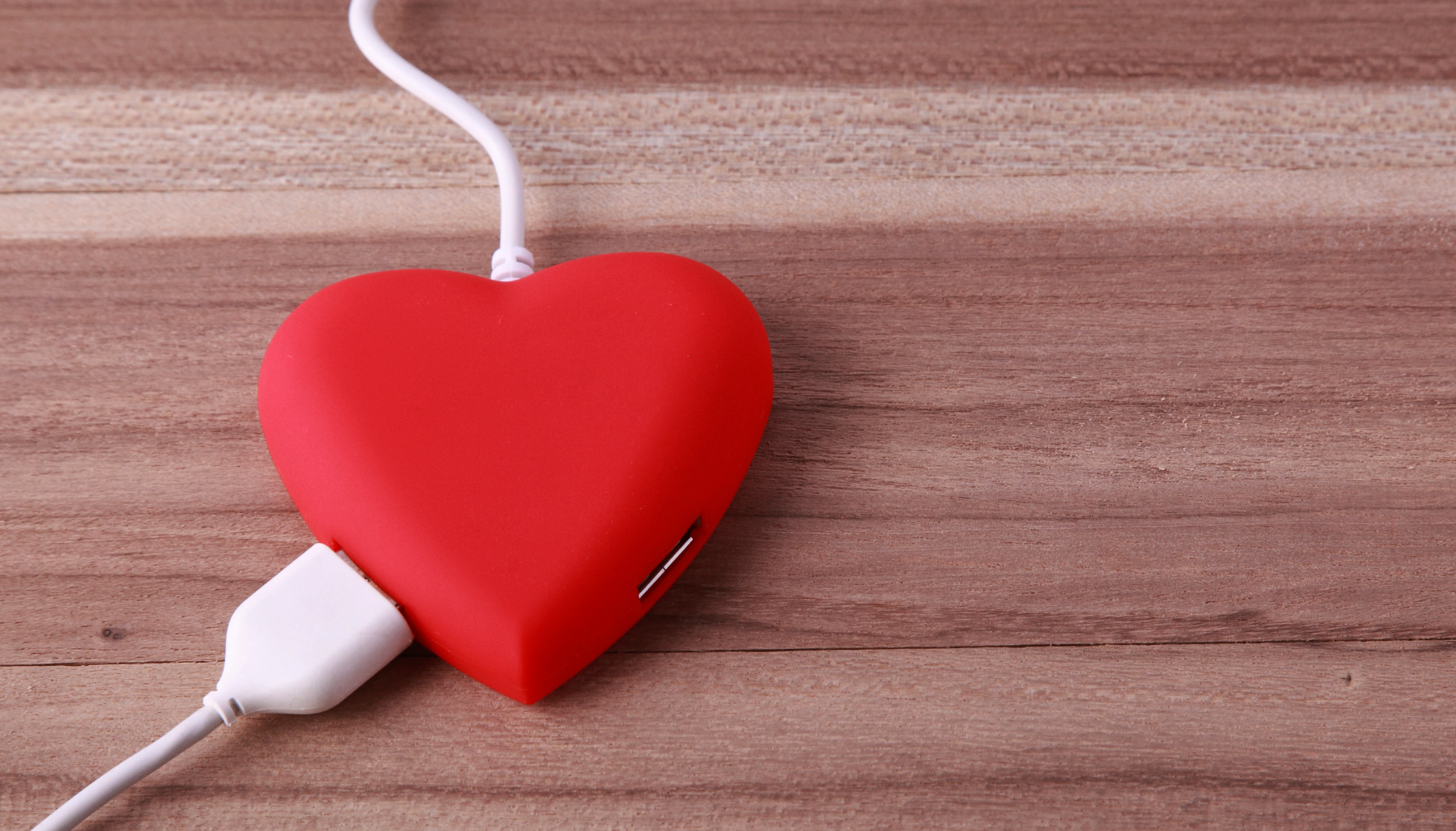I arrived home Sunday night, after many weeks of travel. It’s felt great to sleep in my own bed, prepare breakfast in my kitchen, to wake up, get outside, and see my neighborhood with fresh eyes.
It got me thinking about the concept of “coming home” and how we always have the opportunity to come home to ourselves.
“Coming home” to ourselves is about heart connection
When we rush through life we disconnect from our hearts.
Happily, we can always return and reconnect there. We have endless opportunities to look inside with fresh eyes.
The key is to get quiet and consider who we are, who we yearn to become, and mine the desires that sit in our hearts.
How do you want to live? How do you want to work? How do you want to play? With whom do you want to share it all? What impact do you want to have in the world? Why does it matter?
Connecting to the heart is different for everyone
Some of my clients are aware of a yearning, or have clear insights into their desires for their lives.
For other women, there’s a disconnect from their deep feelings and desires. Their hearts feel inaccessible. Many feel stuck. Most believe that, with help, they can find and awaken what is waiting to be discovered in their hearts.
And for many women, there’s middle-ground awareness.
They think they have an idea of what they want, or at least feel clear that something is brewing. They want to find about what is waiting to come fully into the light.
Whatever category they fall into, they want to be able to move forward with clarity that can serve as a compass.
You can “come home” even when you have not been away
I encourage women to regularly make heart connections, wherever they are.
Making a “heart connection” entails tuning in to the subtle desires, feelings, and messages in your heart. By doing this you can stay truly connected to yourself, and live in alignment with what matters most.
Ideally we will all explore our hearts with some frequency.
And, it does not happen without setting the intention to get quiet and inquire.
It’s slowing down and making time for a practice like this that is step one for you to ‘come home to yourself.”
Not sure how to proceed?
Last week I wrote about the gifts of slowing down and being still, as I recognized the importance of making small shifts for myself, to work less hard and rest more. You may want to look at the tips I shared for ways to do that, so you can set the ideal condition for your journey of reconnecting to your heart.
Next decide how to get started.
Consider these approaches:
1. Make a plan
As each season changes, schedule an hour or two (or more!) to explore your heart. The start of each year is a great time to do this. Your birthday is another date that will be easy to remember. You may even want to do this on a monthly basis.
2. Start with some quiet breathing
Even two minutes of mindful breathing calms the nervous system. It helps you shift into quiet and allows more insight to flow forth. If you wish to spend more time breathing quietly, or want to meditate (in silence or listening to a guided meditation) go for it!
3. Start a journal
Most people like to write to explore their hearts. Why not choose a fresh journal for this and future explorations?
Writing by hand is best. (There is evidence that handwriting, as opposed to typing, activates the brain more, and in slowing us down brings more clarity.)
And while you may pick up a pen and be off and running, many people have trouble getting started.
You can use my Discovery Dozen™ exercise to get started, if you know it. It is explained in my book (Live Big: A Manifesto for a Creative Life) and there are many examples there to inspire you.)
Or begin with a prompt. Some of these may work for you:
What I most want now is…
The emotions I sense now are…
What would make me happy is…
Even if I don’t know how to do it, I dream of…
It would be amazing if…
4. Make it visual
Even if you don’t consider yourself “artistic” there is something freeing about grabbing some markers or pens or crayons (maybe even some paints), to visually express what you feel and what you want.
Stick figures are fine! In fact, even if you are a trained artist, this can be a good time to just get the ideas onto paper quickly (and add some words, too), rather than focusing on making something with great care. If your attention is on a beautiful or “perfect” outcome, you may have trouble focusing on and connecting to the deep desires in your heart.
5. Choose a partner
Some women find it easier to explore deeply in the company of a close friend. If you know someone who wants to dive in to her own heart, she may be a good person with whom to partner.
You can do this together in person, or make a virtual date. The key is to plan for uninterrupted time.
Talk about how you each want to approach the exploration. One of you may use a journal and the other may want to use colored markers on a large sheet of paper. You may want to walk in nature and talk to get started, or to reflect together. You may each want to simply have company and not share at all.
Set clear ground rules, too. Neither of you are there to tell the the other what she should do, nor are you are there to criticize anything that is shared.
And put the next date on your calendar!
Getting started is great, but if you approach this as a one-and-done process, you will miss a lot of potential for insight and growth over time.
Choose the next time you will set time aside to return to this process.
Your outcomes are likely to be meaningful
Time and again, my journey to coming home to my heart has been powerful. It never fails to move me forward in new and meaningful ways.
And you can have guidance to take you to your most powerful outcomes.
This journey to the heart is what I designed my signature program, Live Big Live! to achieve. It is based on my own path to creating the life I desired, and incorporates an array of incredible approaches.
The program is designed to guide a small cohort of remarkable women to discover deeply, so they can set a clear vision for the next part of their lives and step into making that vision their reality. Not only do they have my guidance, they have the support of the other wonderful women who are on the journey with them.
I am moved to say that this program has been life-changing for dozens of past participants,
If you want to hear more about the Spring Live Big Live! opportunity, let’s talk soon.
I will listen to learn about what is happening in your life and what you yearn for, and I will provide you with fresh insights and perspective. And we can explore if Live Big Live! is a good fit for you. (If it's not, that’s fine.)
And if you want to simply catch up, or start a fresh new connection, I’d love that, too.
Email me, or book a call here. I look forward to our conversation!








































